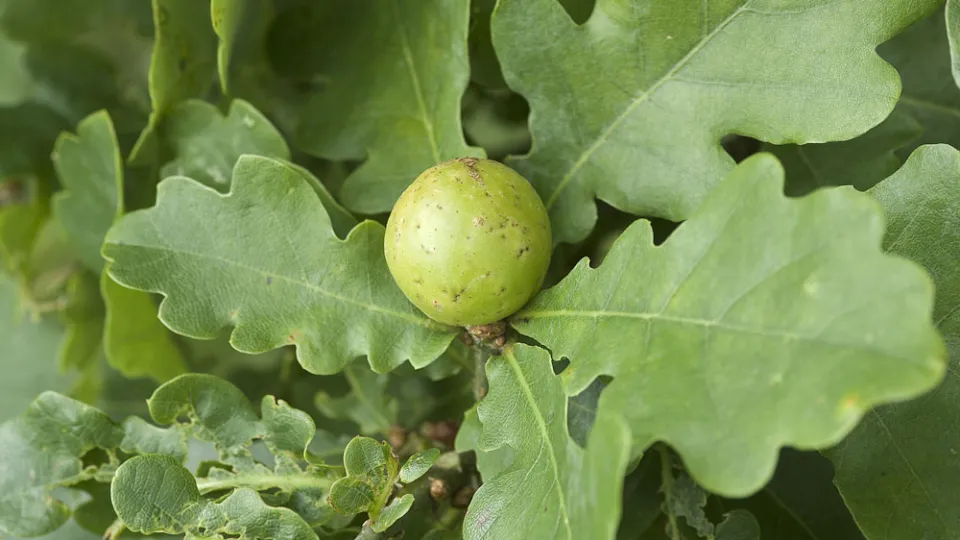
Oak apple gall wasp
Living up to its name, the oak apple gall wasp produces growths, or 'galls', on oak twigs that look like little apples. Inside the gall, the larvae of the wasp feed on the host tissues, but cause little damage.
A taxon is Not Evaluated when it is has not yet been evaluated against the criteria

Living up to its name, the oak apple gall wasp produces growths, or 'galls', on oak twigs that look like little apples. Inside the gall, the larvae of the wasp feed on the host tissues, but cause little damage.
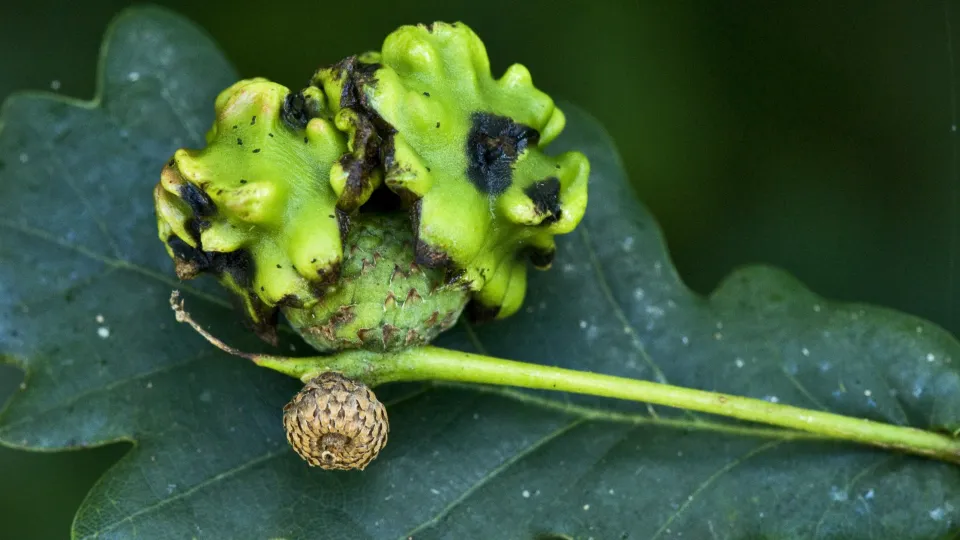
The knopper gall wasp produces knobbly red, turning to brown, growths, or 'galls', on the acorns of Pedunculate Oak. Inside the gall, the larvae of the wasp feed on the host tissues, but cause little damage.
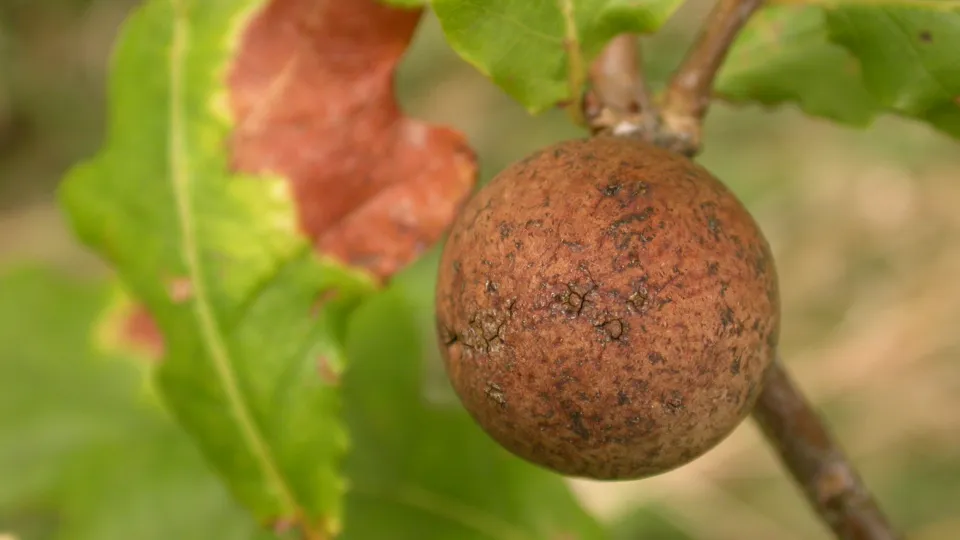
The oak marble gall wasp produces brown, marble-shaped growths, or 'galls', on oak twigs. Inside the gall, the larvae of the wasp feed on the host tissues, but cause little damage.
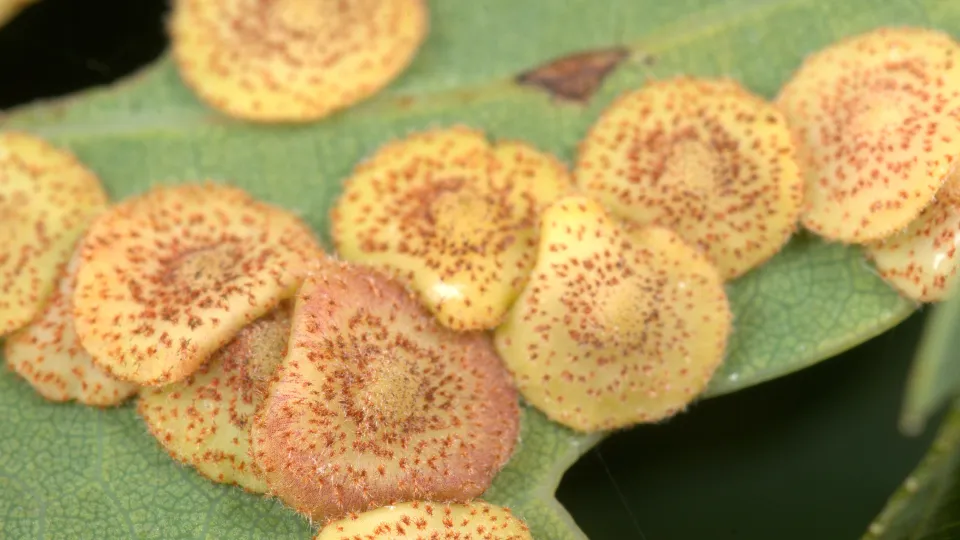
The common spangle gall wasp produces a small, disc-shaped growth, or 'gall', on the undersides of oak leaves. Inside the gall, the larvae of the wasp feed on the host tissues, but cause little damage.
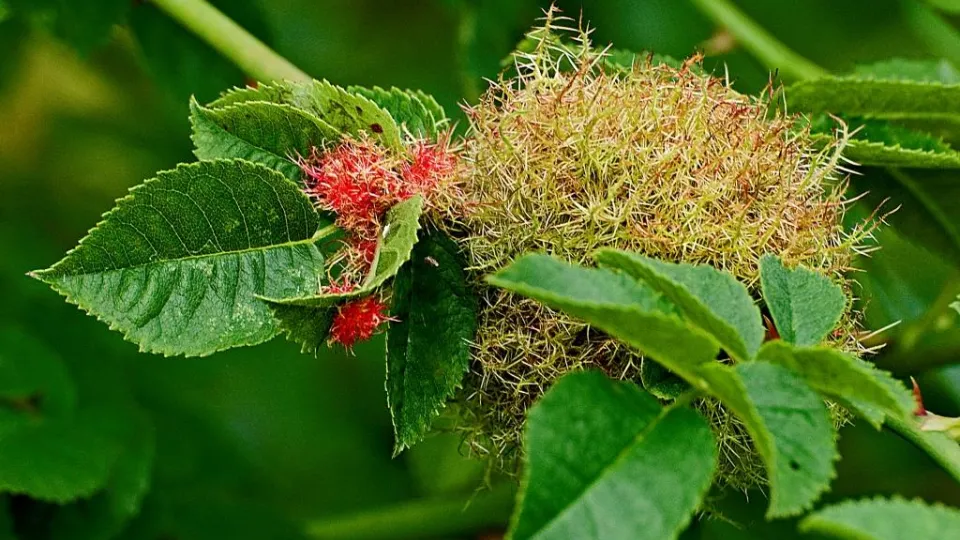
Living up to its name, the Robin's pincushion is a red, round, hairy growth that can be seen on wild roses. It is caused by the larvae of a tiny gall wasp that feeds on the host plant, but causes little damage.
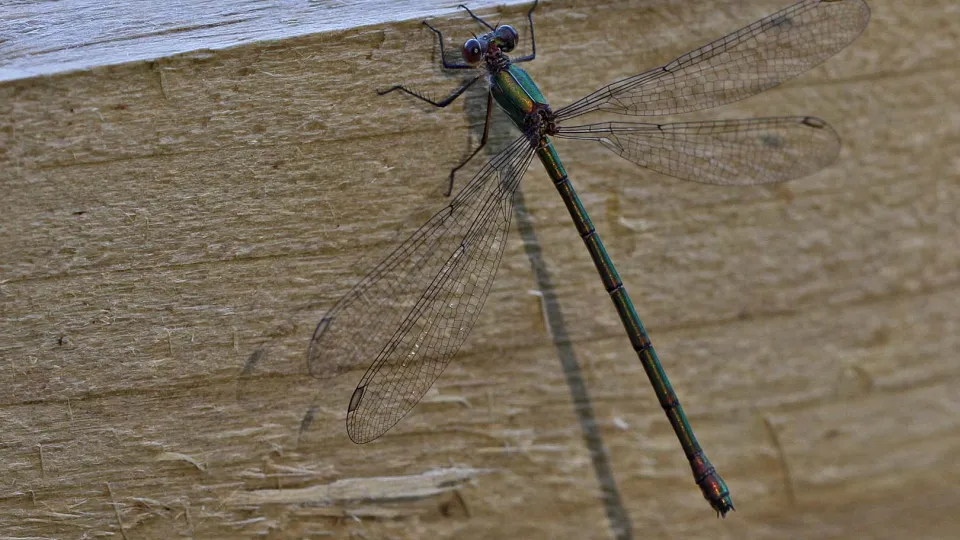
A recent colonist to South East England, the metallic-green Willow emerald damselfly spends much of its time in the willow and alder trees that overhang ponds, lakes and canals.
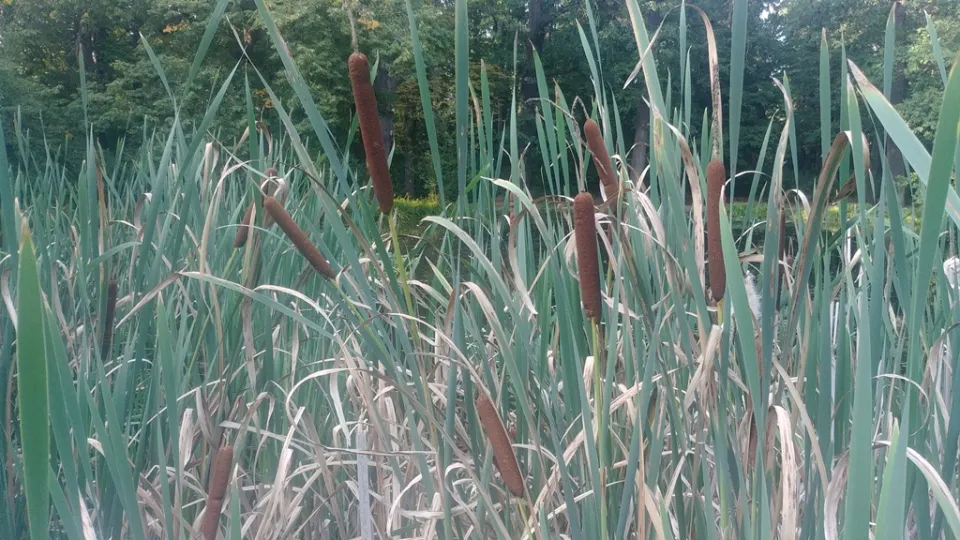
Great reedmace is familiar to many of us as the archetypal 'bulrush'. Look for its tall stems, sausage-like, brown flower heads and green, flat leaves at the water's edge in our wetland habitats.
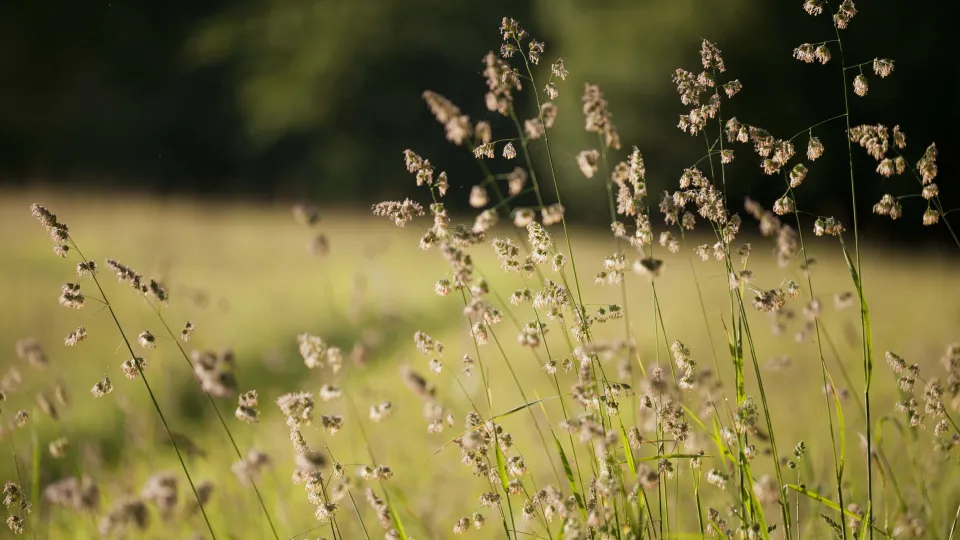
Cock's-foot is a common, tussocky grass of grasslands, woodland rides and cultivated ground - its fluffy, pinky-beige flower heads are quite distinctive.
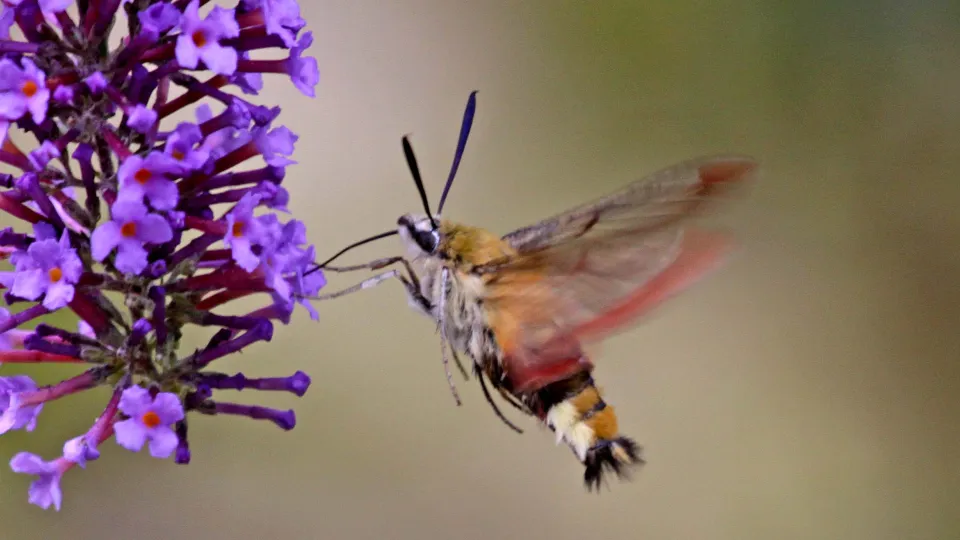
The broad-bordered bee hawk-moth does, indeed, look like a bee! A scarce moth, mainly of Central and Southern England, it feeds on the wing and can be seen during spring and summer.
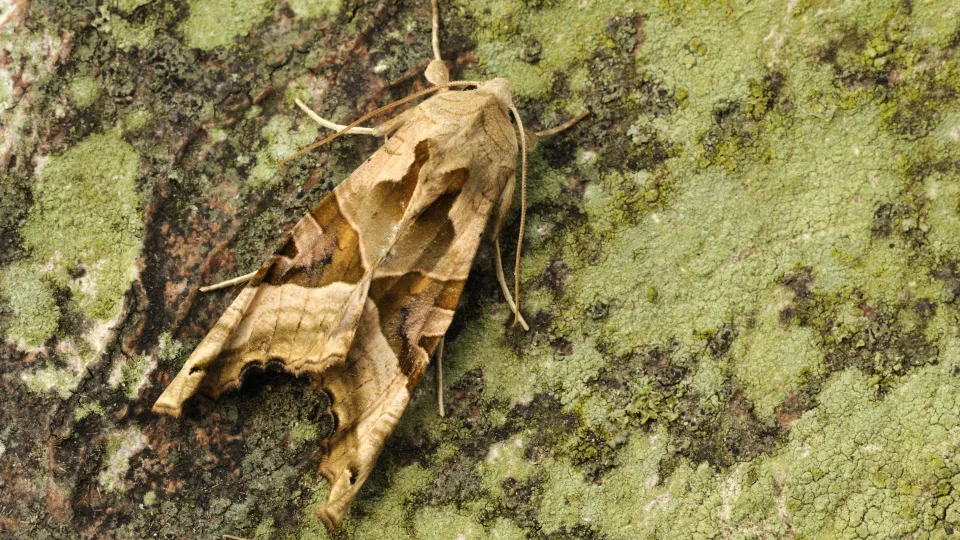
The angle shades can be well-hidden among the leaf litter - its pinky-brown markings and scalloped wings giving it the perfect camouflage. It is on the wing in gardens, woods and hedgerows from May.